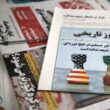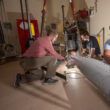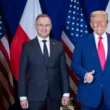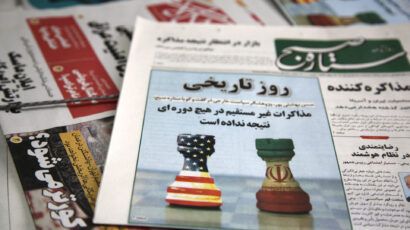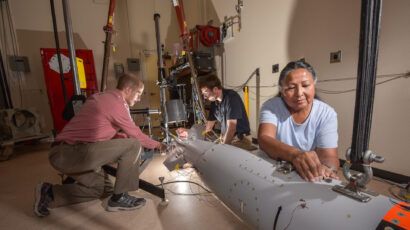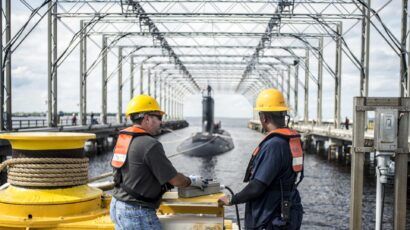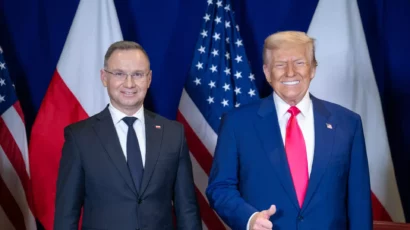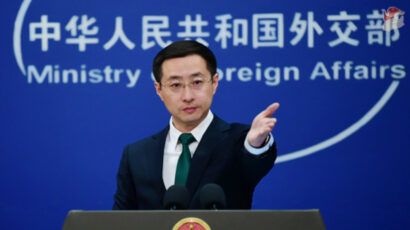Extending above and beyond
By Daniel H. Joyner, December 3, 2012
Christopher Ford and I agree on one thing: The IAEA's Comprehensive Safeguards Agreement (CSA) needs to be read clearly. We differ, however, in that I am reading the CSA both clearly and fully as the text is actually written, and not as Ford and Andreas Persbo — or perhaps the IAEA itself — might wish that the agreement had been written.
Ford and Persbo have cherry-picked phrases from Articles I and II of the agreement to support their arguments that the CSA provides the agency with the authority to investigate and assess whether there are undeclared fissile materials in Iran. However, they essentially disregard the entire rest of the treaty, which details the agreed processes for the agency's application of safeguards.
It's as if Ford and Persbo want to convince readers that the CSA and the Additional Protocol are one and the same. Under the protocol, the IAEA's mandate and the agreed processes for carrying out investigations and assessments, do allow the IAEA, within limits, to investigate and assess the completeness, in addition to the correctness, of a state's declaration. However, the CSA and the protocol are not one and the same, and the protocol is not in force in Iran's case. Thus, the IAEA's mandate for investigation and assessment in Iran's case must be taken solely from the text of the CSA.
Article I of the CSA is Iran's basic undertaking, while Article II is the agency's mandate. Article II states that the agency has the "right and obligation to ensure that safeguards will be applied, in accordance with the terms of this Agreement, on all source or special fissionable material in all peaceful nuclear activities within the territory of Iran, under its jurisdiction or carried out under its control anywhere, for the exclusive purpose of verifying that such material is not diverted to nuclear weapons or other nuclear explosive devices."
Chiding me for rendering an interpretation inconsistent with the text of Article II, Ford, when quoting the article, rather conveniently omitted the above-italicized clause entirely. But these words are not just superfluous, as his ellipsis implies — they are essential for a holistic understanding of what Article II means within the context of the CSA. This clauseexplicitly makes the IAEA's mandate in Article II subject to, and circumscribed by, the procedures agreed to in the CSA.
If Ford's interpretation were correct — and the IAEA's mandate were not limited by the agreed procedures in the rest of the CSA — it would mean that the agency would have unlimited authority to ensure that safeguards are applied on all fissionable material anywhere within the territory of Iran, by any means the agency considers necessary, no matter how intrusive or compromising of Iran's national security or sovereignty. The IAEA could require Iran to meet any evidentiary standard it unilaterally determined, in order to subjectively satisfy itself of the absence of undeclared materials in Iran (i.e., require Iran to prove the negative).
That is a completely untenable reading of the CSA. No state would ever agree to such a broad and unrestricted mandate for the IAEA. That's why Article II specifies that the agency's mandate is subject to, and limited by, the terms of the agreement. Those terms stipulate in detail the process to be followed for applying safeguards. That process essentially involves a declaration by Iran, and the IAEA's verification of the correctness of that declaration.
The agency, therefore, is simply incorrect when it claims that its mandate under the CSA extends to investigations and assessments beyond the agreement's terms — i.e., beyond verifying the correctness of Iran's declaration.
Share: [addthis tool="addthis_inline_share_toolbox"]


